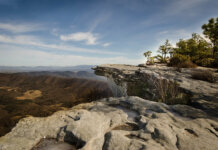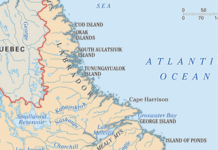Tracia Network Corp., a power generation developer and subsidiary of Guatemalan conglomerate Grupo Centrans, has commissioned the Ventus Wind Project, El Salvador’s first wind farm.
Located in Metapán, the 54 MW installation comprises 15 Vestas V136-3.6 turbines. ArcVera Renewables worked with Tracia Network through the development, including the use of ArcVera’s mesoscale modeling technique in early project stages to define and optimize wind power output.
The project was another first for both ArcVera Renewables and Tracia Network – the firms had also worked together on first-in-country projects in Guatemala and Nicaragua.
“For the Ventus project, energy was estimated at very early project stages without onsite met towers, which was later verified to within 1.5 percent of wind speed,” says Greg Poulos, ArcVera’s CEO and principal atmospheric scientist. “The modeling results were used to identify the best wind and terrain to allow Tracia Network to win El Salvador’s first-ever wind energy tender.”
ArcVera defines accurate hub-height wind flow patterns using supercomputers and other proprietary techniques to render high-resolution, three-dimensional, time-series modeling of the winds and weather where wind turbines perform. The results help make wind energy development projects more efficient – optimizing meteorological measurement locations before deployment and at early project stages informs wind turbine array design and energy estimation. The modeling results can also be applied through financing and later operational performance assessments.
“The results of the ArcVera team enabled us to identify a better location, played a crucial role and input to win an auction, secure another 150 basis points of capacity factor for the Ventus project, and on a general note, we felt the safety of solid calculations and projections that enabled us to execute different development steps in this pioneering project,” comments Paul Wagner, Ventus’ project manager.




